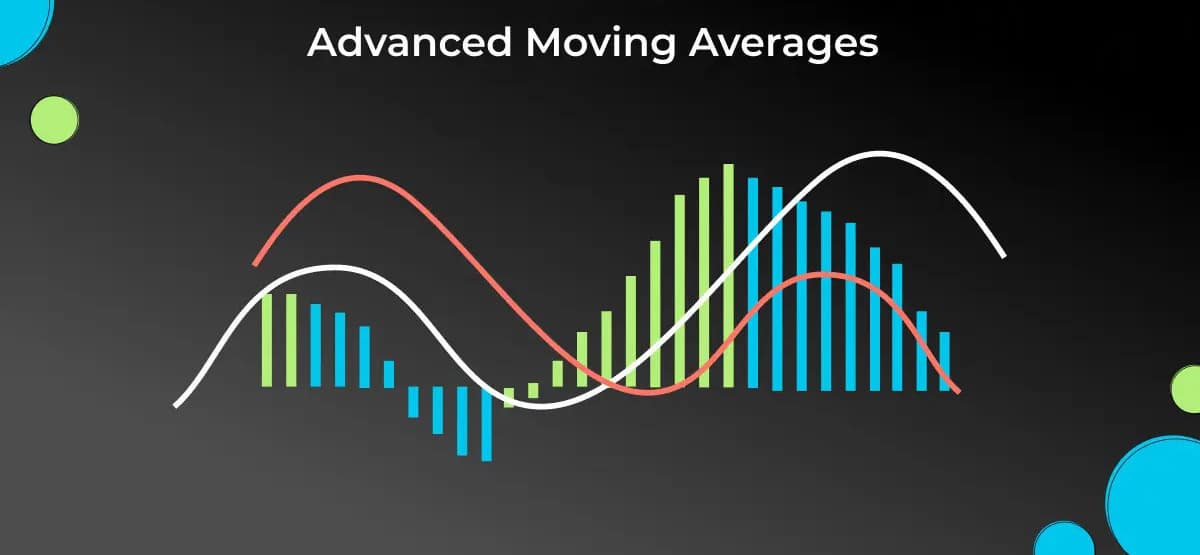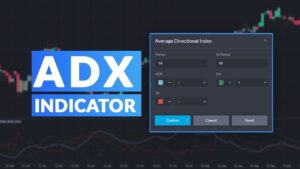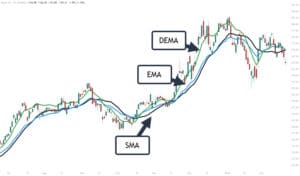In the dynamic world of financial markets, where trends and patterns constantly evolve, traders and investors rely on a variety of technical indicators to make informed decisions. One such indicator that has gained prominence is the Adaptive Moving Average (AMA). This innovative tool seeks to address the limitations of traditional moving averages by adjusting its sensitivity to changing market conditions. In this comprehensive guide, we will delve into the intricacies of Adaptive Moving Average, exploring its definition, calculation method, advantages, and practical applications in the realm of financial analysis.
What is Adaptive Moving Average (AMA)?
The Adaptive Moving Average, often abbreviated as AMA, is a technical analysis indicator designed to respond dynamically to changing market conditions. Unlike traditional moving averages that use a fixed time period for calculation, the AMA adjusts its sensitivity based on the volatility of the underlying asset. The core idea behind AMA is to provide a smoother and more responsive moving average by incorporating the concept of market volatility.
Calculation Method
The calculation of the Adaptive Moving Average involves multiple steps, each aimed at adapting to the current market conditions. Here’s a simplified explanation of the process:
- Initial Setup:
- Choose a period length (e.g., 10 days) for the initial fast component.
- Choose a smoothing factor (e.g., 0.1) for the slow component.
- Calculate Efficiency Ratio (ER):
- Compute the daily price change by subtracting yesterday’s close from today’s close.
- Calculate the absolute value of the daily price change.
- Sum the absolute values over the chosen period.
- Sum the closing prices over the same period.
- Divide the sum of absolute values by the sum of closing prices to get the Efficiency Ratio.
- Calculate Smoothing Factor:
- Calculate the Smoothing Factor (SF) using the formula SF = (ER * (fastest/smoothest – 2) + 2), where fastest and smoothest are constants.
- Adjust Fast and Slow Components:
- Multiply the Smoothing Factor by the squared price change and add 1.
- Use the result to adjust the fast and slow components.
- Calculate the Adaptive Moving Average using the adjusted components.
Advantages of Adaptive Moving Average
- Dynamic Sensitivity:
- One of the primary advantages of AMA is its ability to dynamically adjust to changing market conditions. During periods of high volatility, the AMA becomes more responsive, capturing short-term price fluctuations. In contrast, during low-volatility phases, the AMA becomes smoother, filtering out noise.
- Reduced Lag:
- Traditional moving averages are often criticized for their lagging nature, as they may fail to quickly reflect changing trends. The adaptive nature of AMA helps in reducing lag, providing a more timely representation of the underlying price movement.
- Customizable Parameters:
- Traders can customize the parameters of the Adaptive Moving Average to suit their specific preferences and trading styles. This flexibility makes AMA a versatile tool that can be tailored to different market conditions and timeframes.
Practical Applications
- Trend Identification:
- Adaptive Moving Average can be used to identify trends in financial markets. Traders often look for crossovers between short-term and long-term AMAs to signal potential changes in the direction of the trend.
- Volatility Measurement:
- The Efficiency Ratio used in AMA calculation serves as a measure of market volatility. Traders can use this information to adjust their trading strategies based on the prevailing market conditions.
- Support and Resistance Levels:
- Adaptive Moving Average can act as dynamic support or resistance levels. When prices are above the AMA, it may serve as support, and when prices are below, it may act as resistance.
- Filtering Noise:
- By adapting to the market’s volatility, AMA helps filter out noise and provide a clearer view of the underlying trend. This makes it easier for traders to make more informed decisions.
In conclusion, the Adaptive Moving Average is a powerful tool that has become increasingly popular among traders and analysts in the financial markets. Its dynamic nature, reduced lag, and customizable parameters make it a valuable addition to the toolkit of technical analysts. However, like any indicator, it is essential to use AMA in conjunction with other analytical tools and consider the broader market context. As with any trading strategy, risk management and thorough analysis should always be at the forefront of decision-making. Whether you are a seasoned trader or a novice investor, understanding and incorporating the Adaptive Moving Average into your analysis can provide valuable insights into market trends and enhance the precision of your trading decisions.
Let’s Manage Your Forex Funds With Fx Pips Guru!
Fx Pips Guru is a forex fund management company managing client’s funds profitably. We work with prop firms as well to pass the challenges and to manage the funds following consistency and profitability. Let’s do Live Chat with our experts.




